Review: Q3A Festival 2023
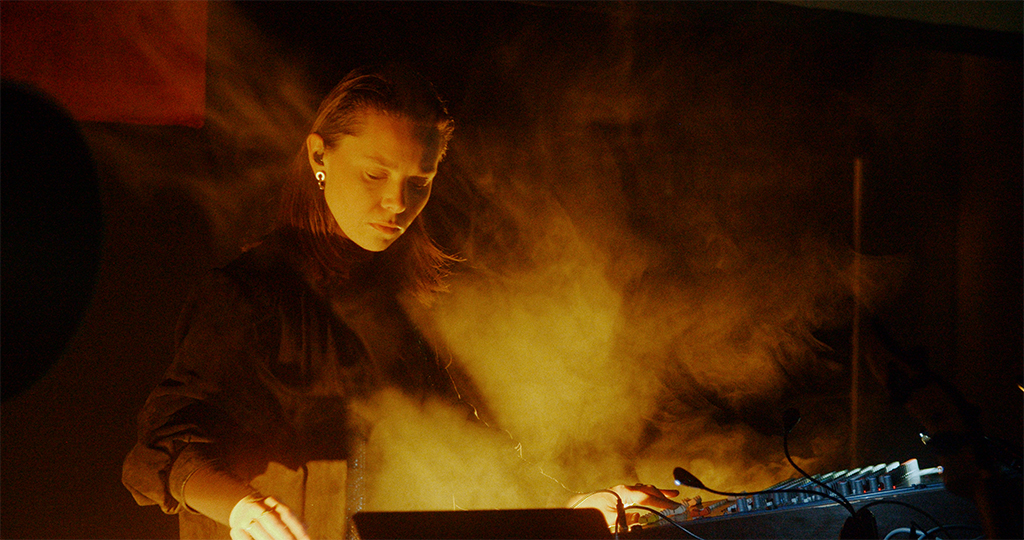
The seventh edition of Q3AMBIENTFEST took place over the course of three sunny June evenings in Potsdam.
With its manicured gardens, opulent palaces, and strong lake game, Potsdam is in some ways Berlin’s posher cousin. And as spoilt-for-choice Berliners, you tend to forget that a cultural life exists beyond the Landesgrenze. But with its tight programming, cosy setting, and friendly atmosphere, Q3A shows that you’d be a fool to assume so.
The quiet and meditative S-Bahn ride to Potsdam was the perfect foreword to a festival where contemplative music is by and large the agenda. Q3A is the brainchild of the Selke brothers Sebastian and Daniel aka Brueder Selke, two East Berlin-born, Potsdam-based, poly-instrumental composers who make music as the piano-cello duo CEEYS.
The festival takes place in Kesselhaus-Waschhaus, a no-frills black box in a former boiler house on the banks of the Tiefer See Lake. The room played host to 5 to 6 artists each night. The sets were mostly short and sweet, with the longest ones stretching to 45 minutes. Whether by time constraint or creative choice, short sets felt like an ideal length for the types of artists booked at Q3A, with no time for performances to drag out or for the night to ever get boring.
In a world of often invariable lineups, it’s particularly refreshing to attend a festival where you don’t know most of the artists scheduled to perform (Grand River rang a bell… that’s about it). Intriguingly, some performances were pre-recorded videos (Mabe Fratti, Dirk Markham…) that were made exclusively for Q3A. What emerged from the necessity of previous Covid-limited editions has become a permanent fixture. The video performances are an interesting way to bridge distances and welcome artists that might not be able to make the trip to Potsdam, but it was hard to experience the same presence and viscerality that IRL performances bring to the table.
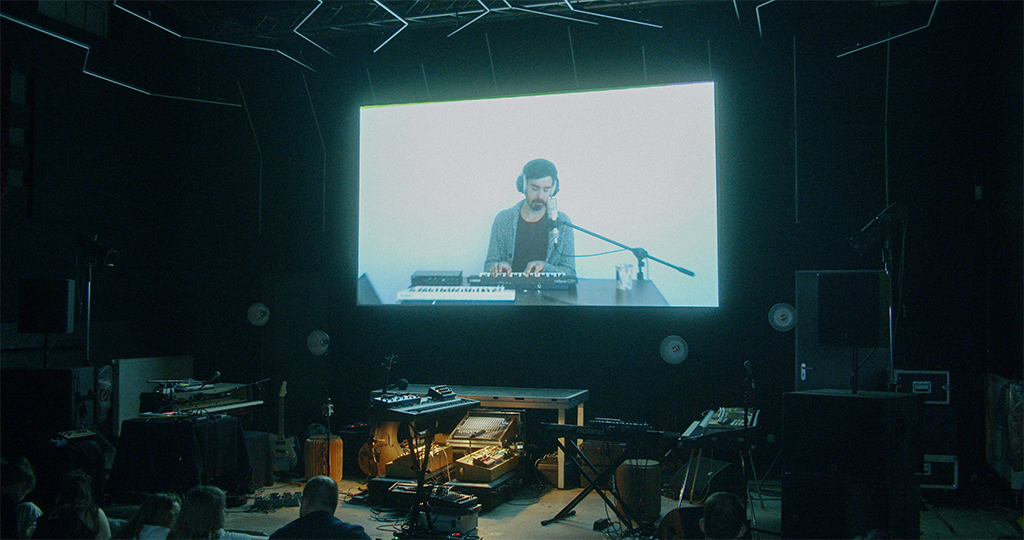
Q3A takes its name from a pre-fabricated type of Plattenbau building – Querwandtyp, Number 3, Variant A – that was built in the 50s and 60s in the GDR. The Selke brothers grew up and first started experimenting with music in a Q3A in East Berlin.
Architecture is somewhat of a spirit animal for Q3A, featuring not only in the festival’s name but as an aesthetic throughline. On a large screen at the back of the stage, shots of Potsdam and close-ups of buildings and architectural details were projected. The architecture of Potsdam is particular: a hodge-podge jumble of Rococo palaces, reconstructed Baroque mansions, 18th-century Dutch brick houses, 20th-century Modernism, and a generous serving of post-war East-German urban functionalism. It makes for an interesting subject matter particularly as the projections came with a psychedelic twist. With unsettling camera angles and the texture of the buildings all shimmering and rippling, it left you feeling as if you had nibbled off the corner of something tasty. The microdosing-light effect heightens the abstractions of the music as a cellular pattern of red light on the ceiling finished setting the mood.
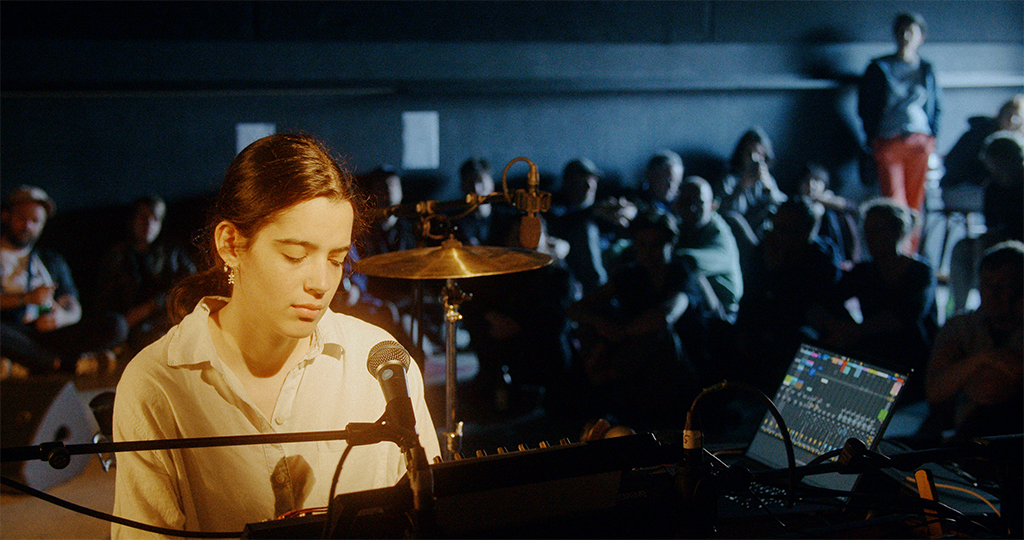
Despite Q3A’s ambient denomination, a strictly ambient festival it is not. Keys and strings featured heavily. Electronics to a lesser degree. We were around for the first two nights and enjoyed performances ranging from modern classical to freewheeling jazz-indebted experimentalism, monumental ambient, and introspective electronica. What tied the performances together was a shared spirit of exploration and a search for idiosyncratic musical languages rooted in the practice of traditional instruments rather than laptops.
A particular highlight was the microtonal guitar work of Julia Reidy. The Editions Mego and Black Truffle affiliated artist builds brooding and elastic worlds with a custom-built guitar whose tuning is in perpetual flux. Reidy’s playing draws you in but keeps you on your toes. Notes repeat and meander and the moment you start to feel the itch of academia, a pattern resolves and Reidy’s unassuming voice cuts through like a reassuring mirage.
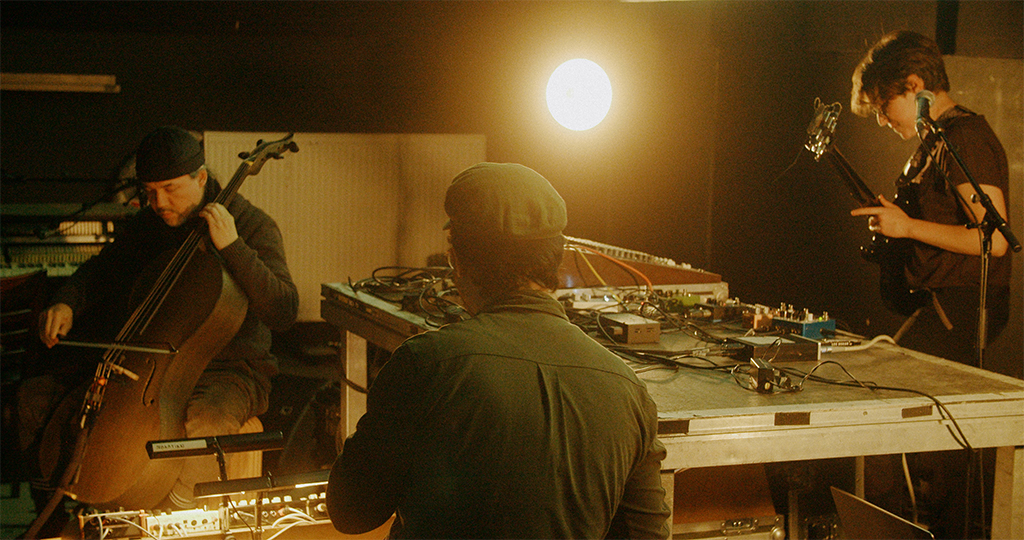
Another standout performance from the first night came from Alex Stolze & Ben Osborn. The piano and violin duo’s music is deeply cinematic and full of a candidness and melancholy that recalls the likes of Yann Tiersen. It felt special to experience such beautiful music in such an intimate setting
On the second night, Grand River delivered a performance of epic proportions, bringing dense and moody soundscapes to a rolling boil before collapsing them into a desolate, wind-swept hollow. If you could transcribe a storm, this is what it might sound like.

Yair Elazar Glotman & Johannes Malfatti also brought beautiful moments of electro-acoustic meditation as a double bass and keys duo. Glotman’s work as a film composer (Mandy, Last and First Men…) was noticeable. The duo’s performance was one you could easily imagine soundtracking for wider screens.
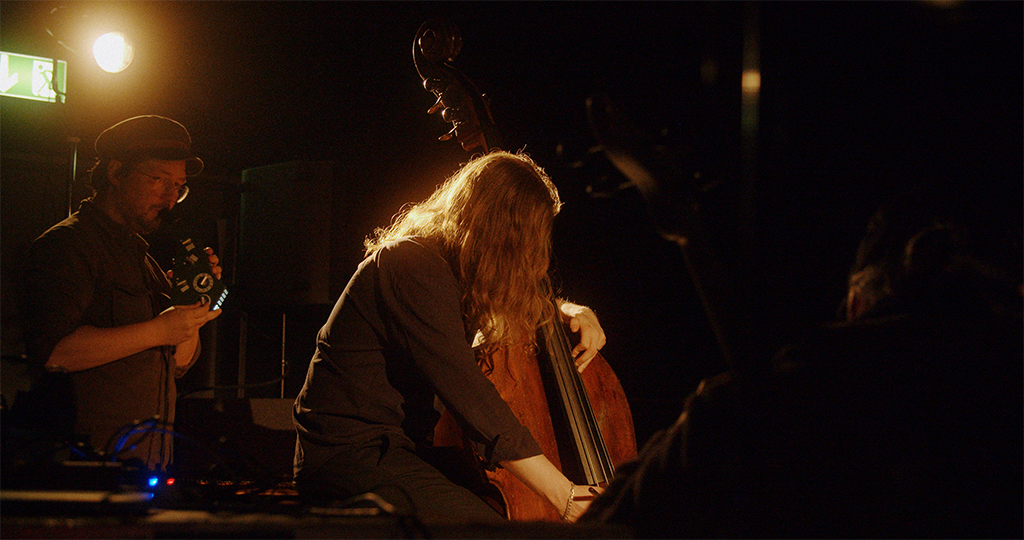
The Selke brothers themselves were a welcoming and humble presence each evening, introducing many of the acts personally. Always very heartfelt, these few words in between performances gave the festival a hospitable feel. On several occasions, they joined artists onstage for a final improvised jam, which highlighted the family feel of Q3A while also showcasing the extent of their musical vocabulary.
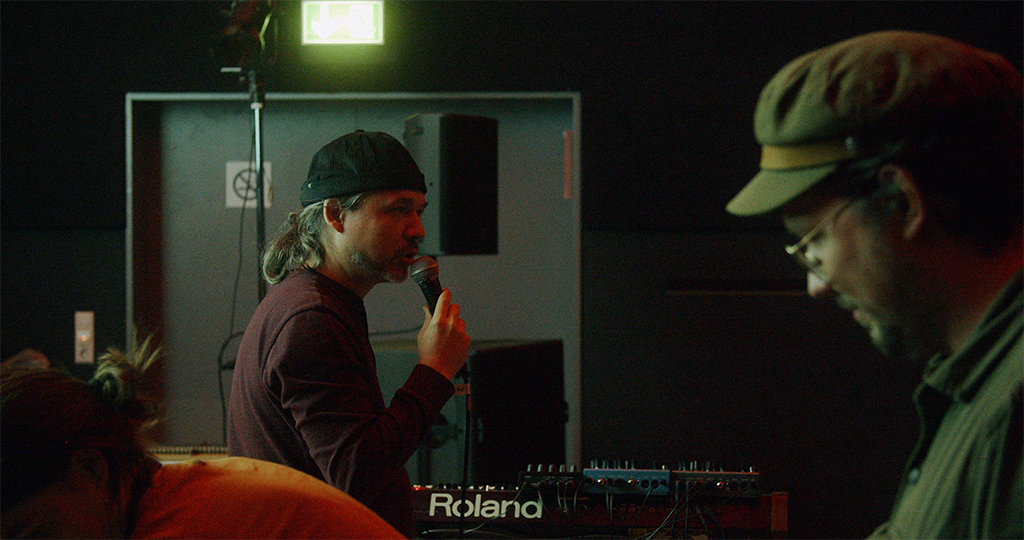
The brothers’ set on Friday night was a great demonstration of how the pre-recorded video format has the potential to be more engaging. The performance was a multimedia collaboration with Quebec collective Austarda. Sebastien Selke on the cello and Daniel Selke on a fascinating custom-made digital wind instrument that from a distance looked like the bastard child of a breathalyser and a remote control (a Pipe by SOMA Laboratory I was later told), accompanied the contemporary contortions of dancer Angélique Amyot with a beautifully overcast soundtrack. The fact that this performance too was improvised continues to blow my mind.
One of the most striking features of Q3A was how down-to-earth everything was. The audience sat on the floor just a few metres from the stage. Artists would often sit down in the crowd after their performance and stay after the show to chat. Towards the end of the second day, a lady loudly asked one of the performers for the name of a song during a moment of silence much to everyone’s amusement. And when the sound of someone in the crowd dropping a bottle got picked up by a mic onstage and accidentally became a part of the performance, it brought a moment of levity that you don’t often get to experience at these events.
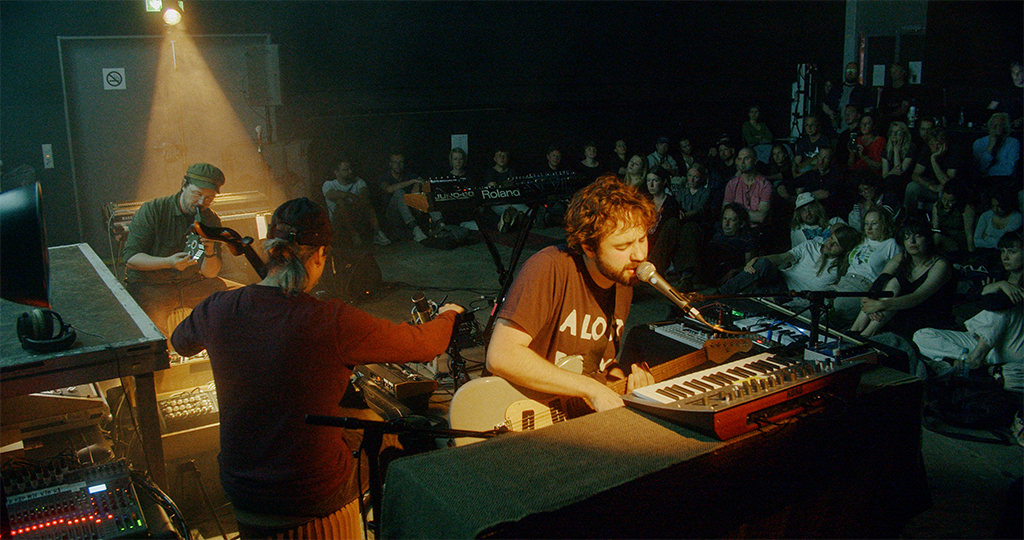
Judging by the number of faces we recognized from Q3A in the McDonald’s of Potsdam train station, it appears that the word has spread beyond the realms of Potsdam and that many Berliners are already in the know. As for us, we are already looking forward to the S-Bahn ride next year.


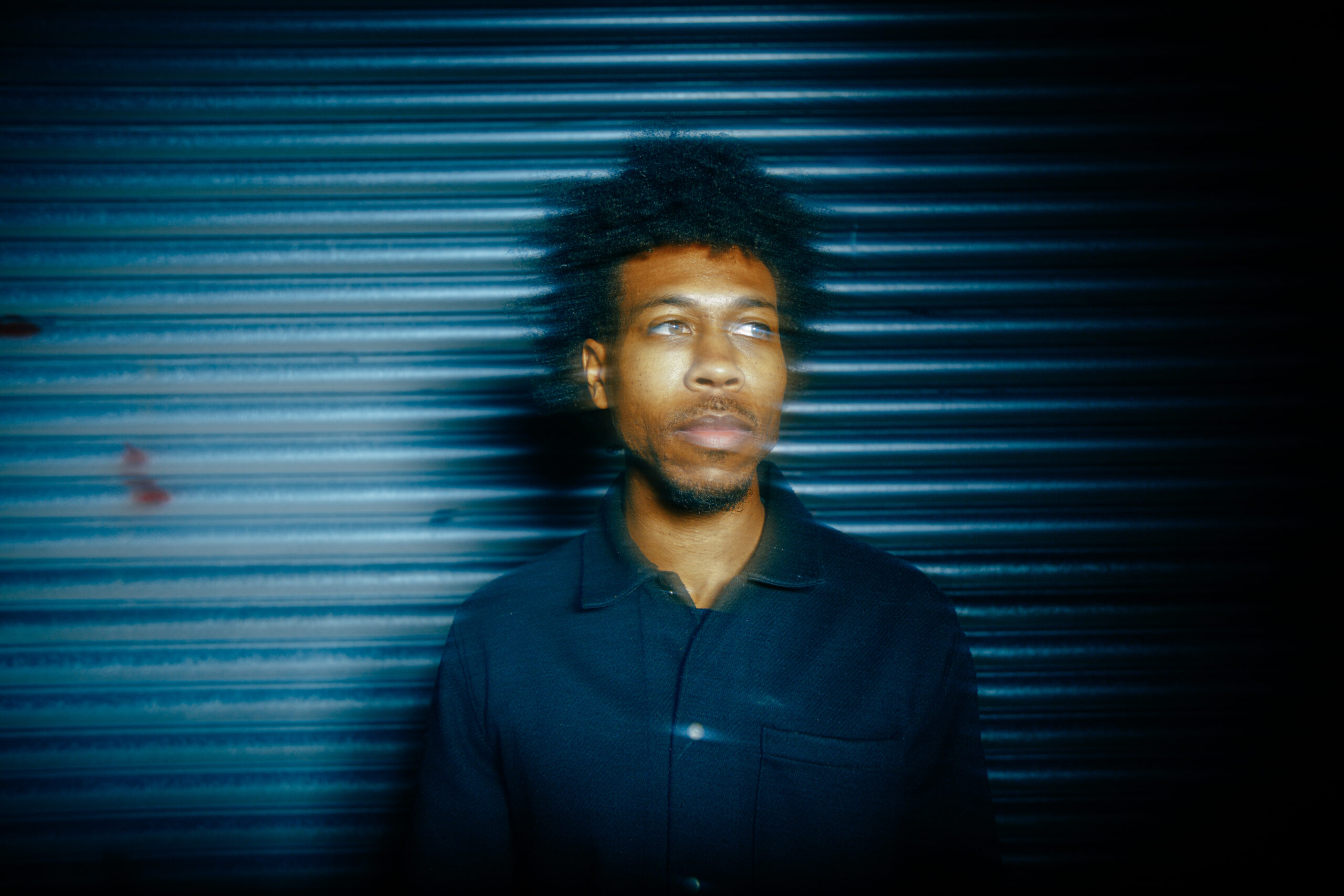

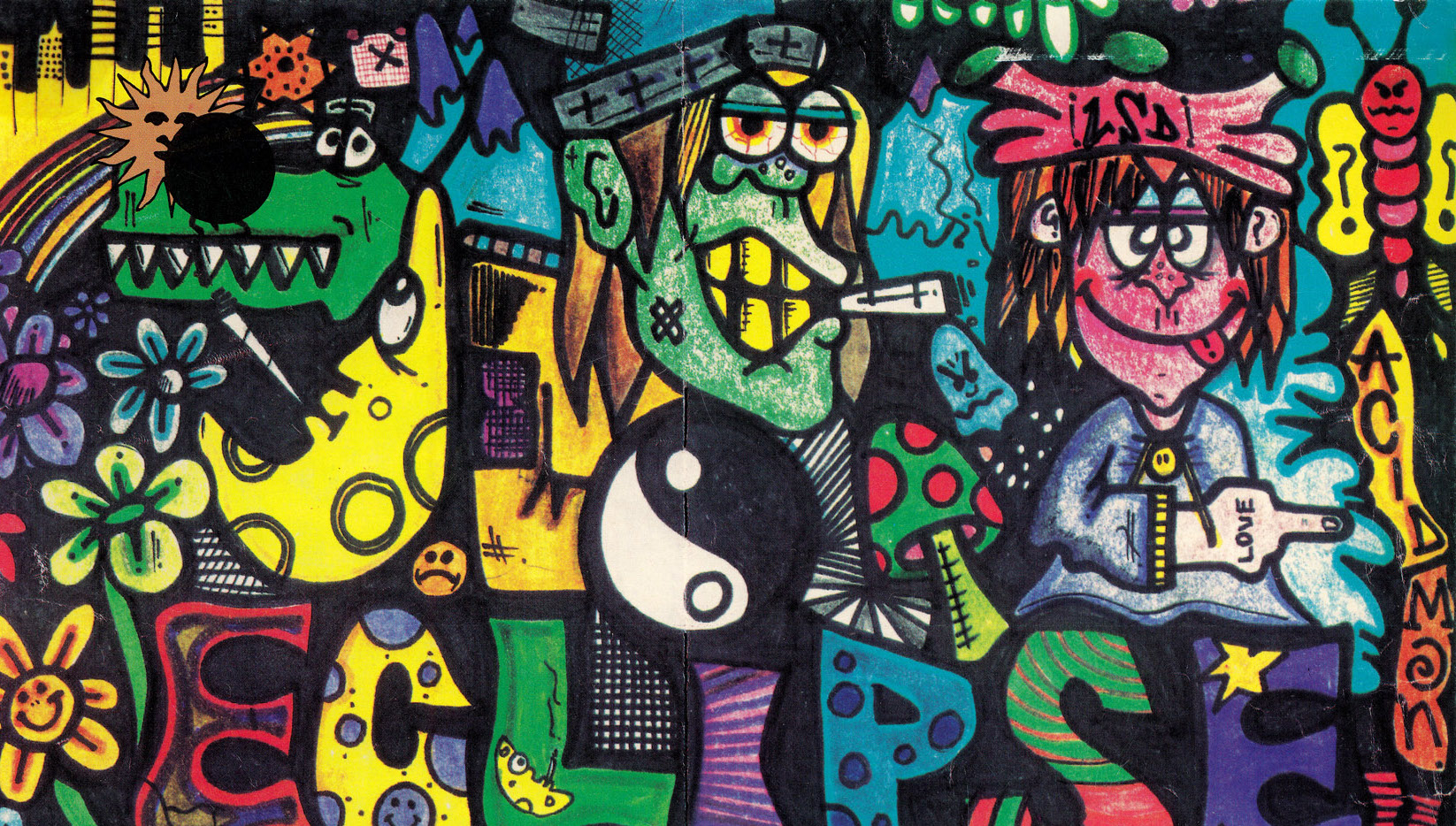










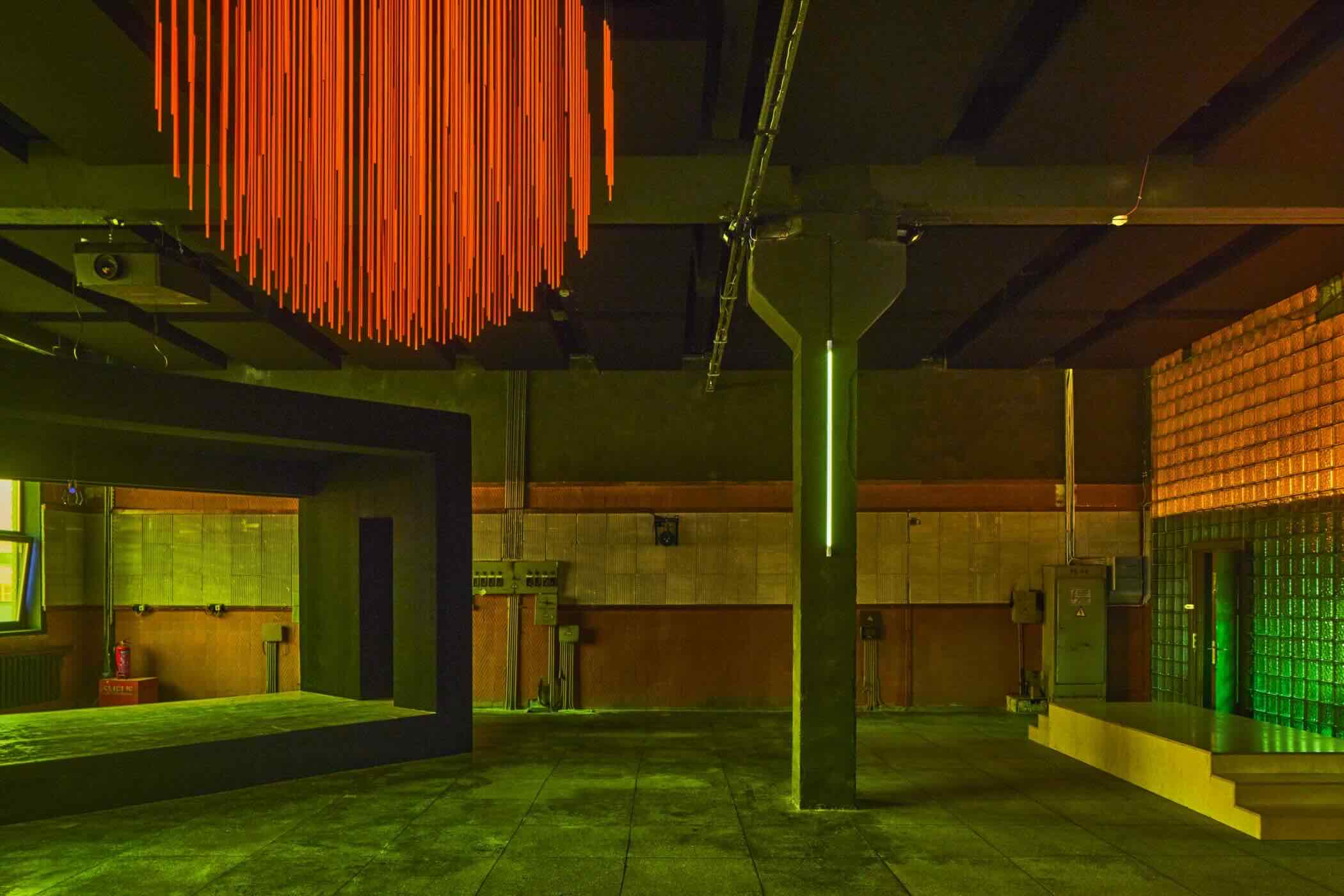
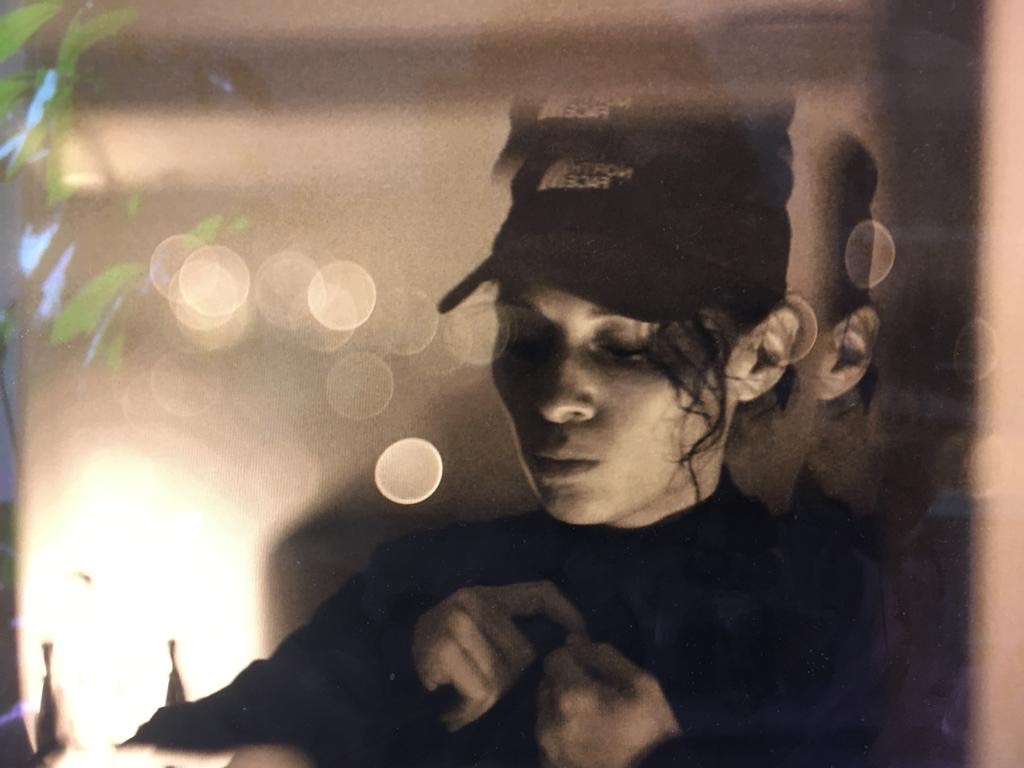
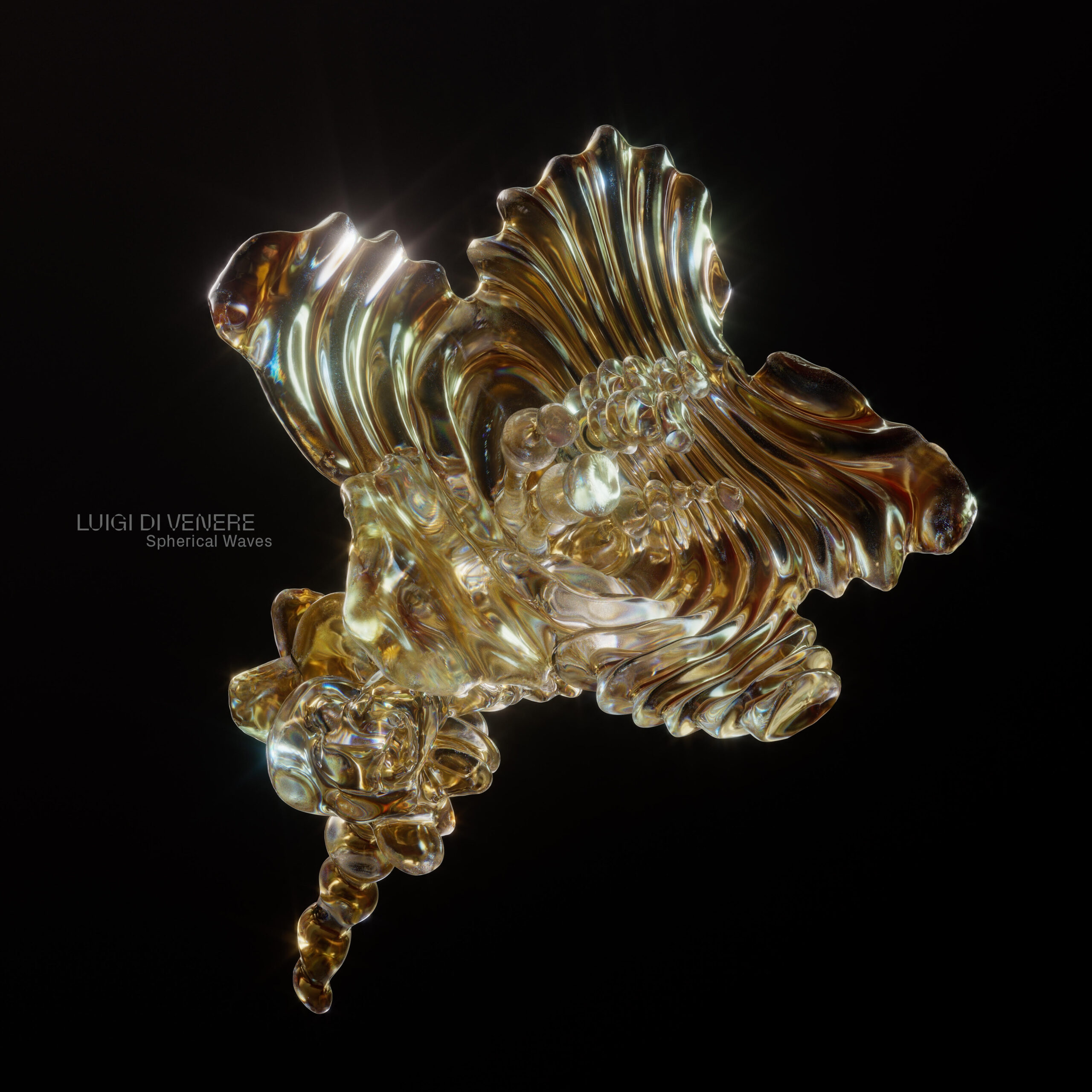




Must Reads
David Holmes – Humanity As An Act Of Resistance in three chapters
As a nation, the Irish have always had a profound relationship with the people of Palestine
Rotterdam – A City which Bounces Back
The Dutch city is in a state of constant revival
Going Remote.
Home swapping as a lifestyle choice
Trending track
Vels d’Èter
Glass Isle
Shop NowDreaming
Timothy Clerkin
Shop Now